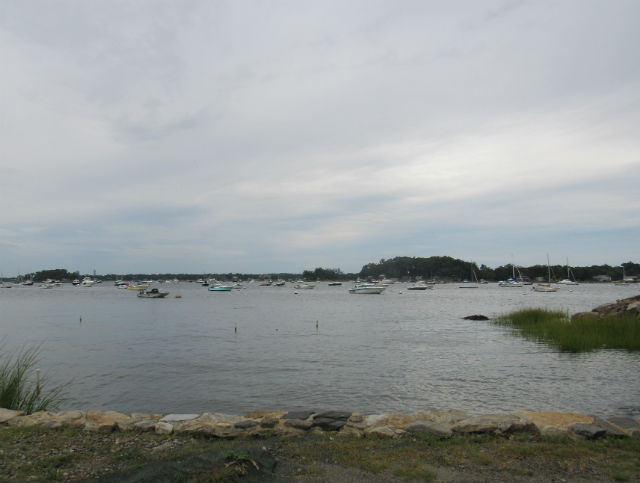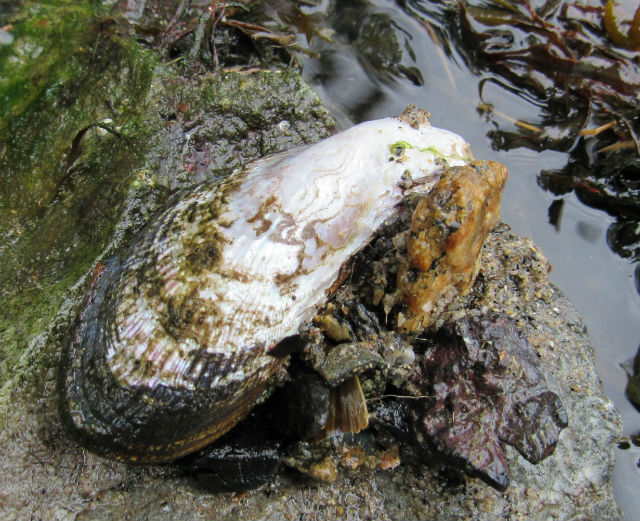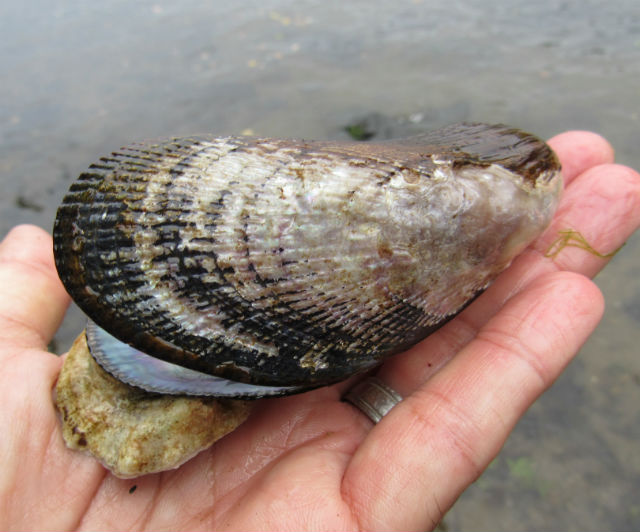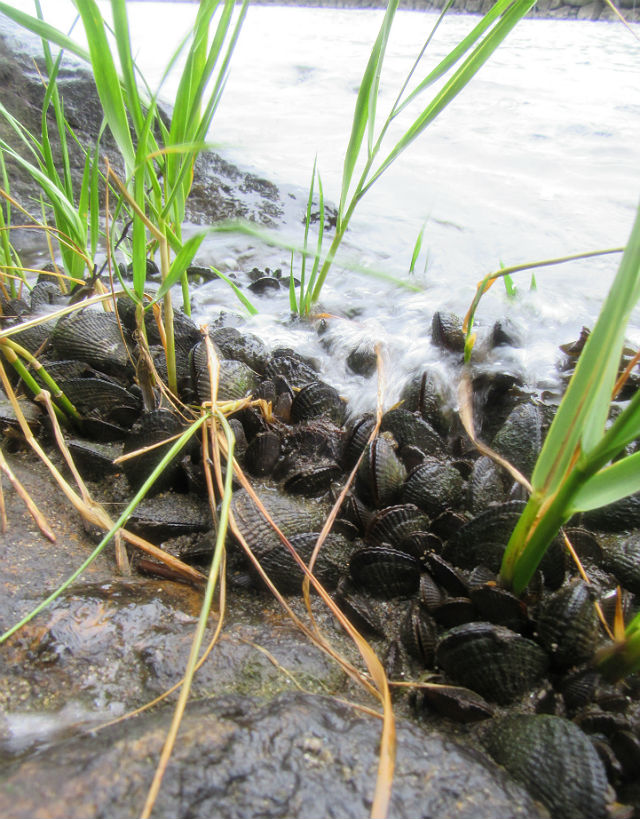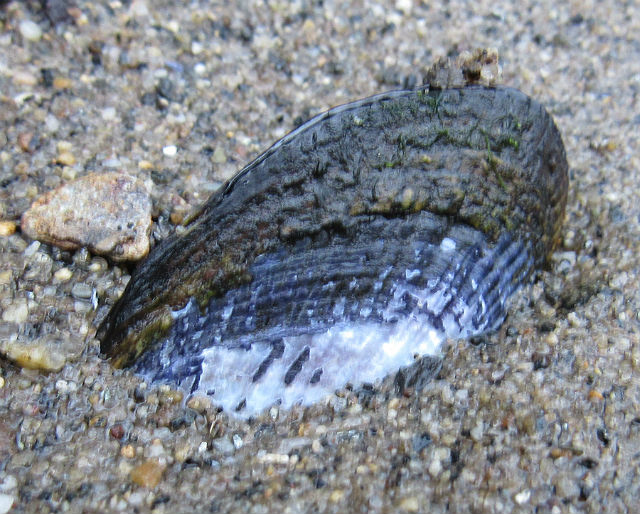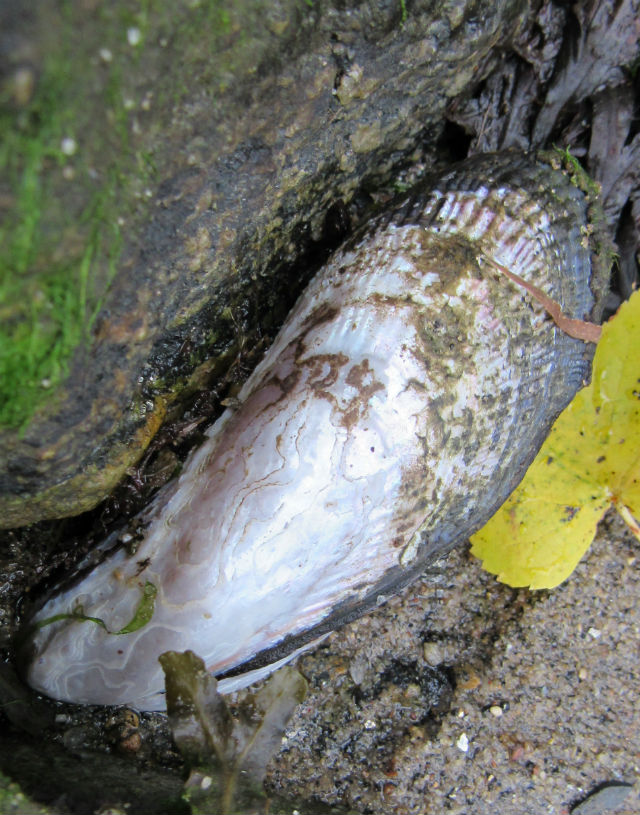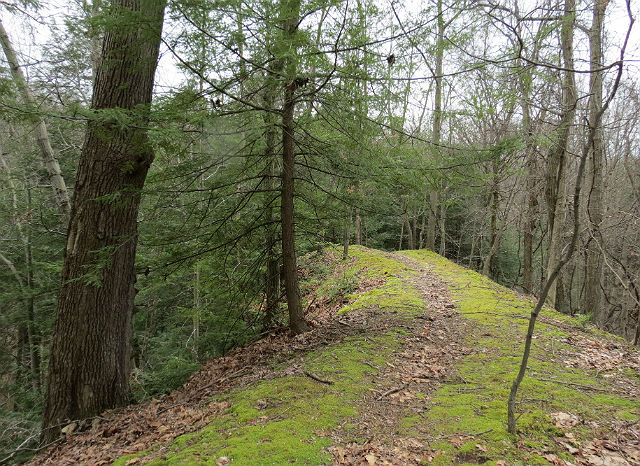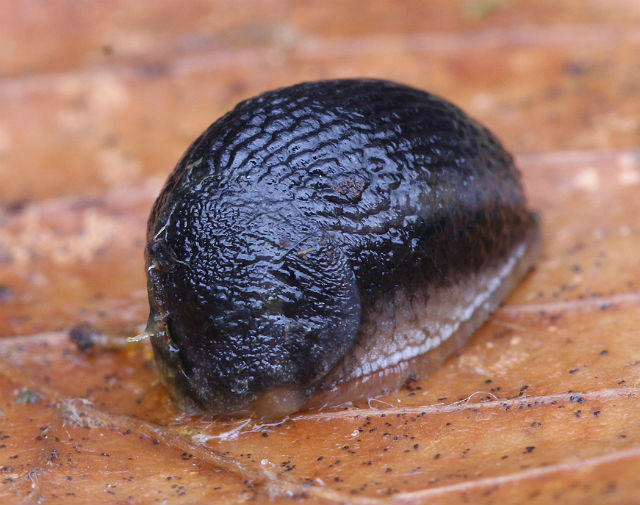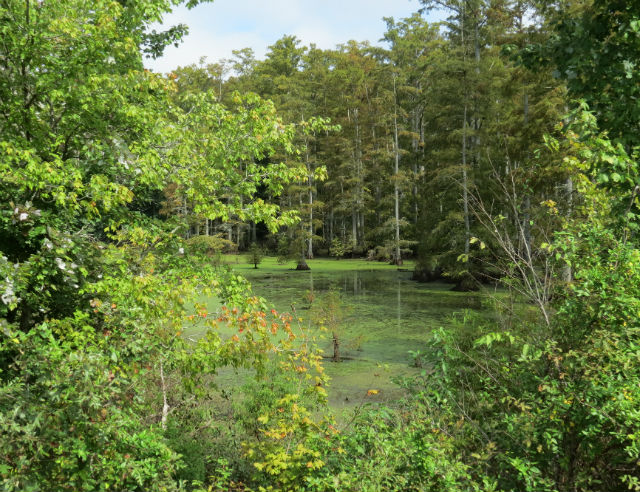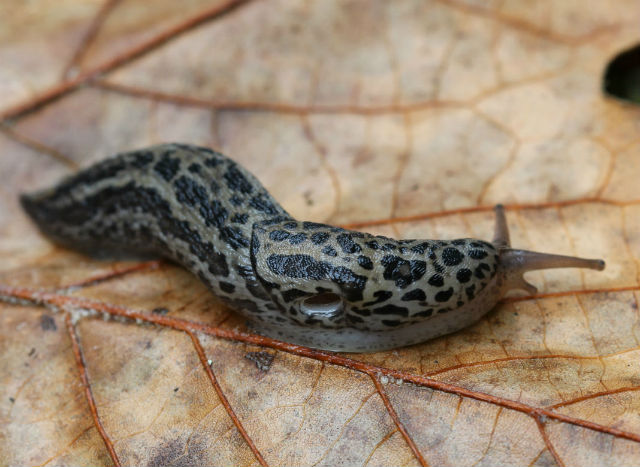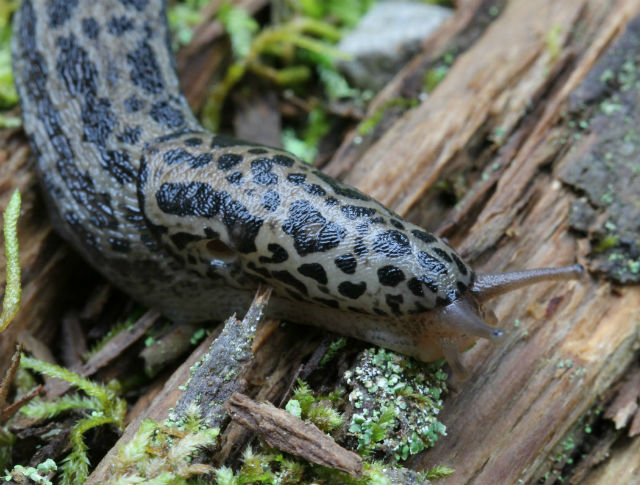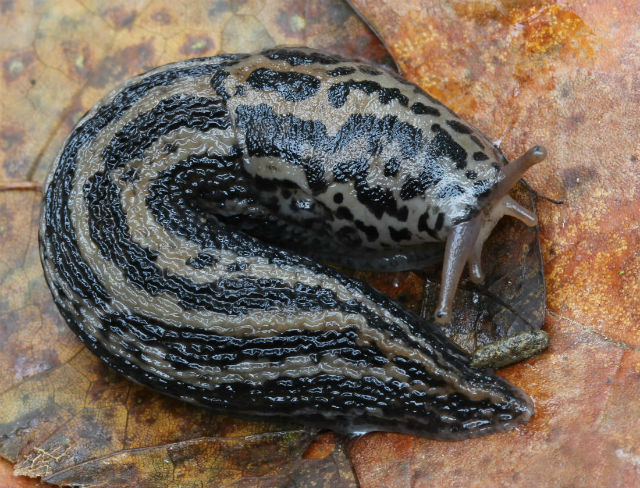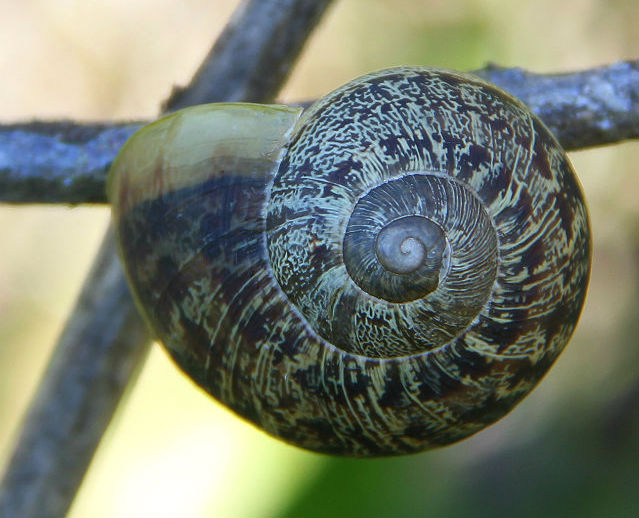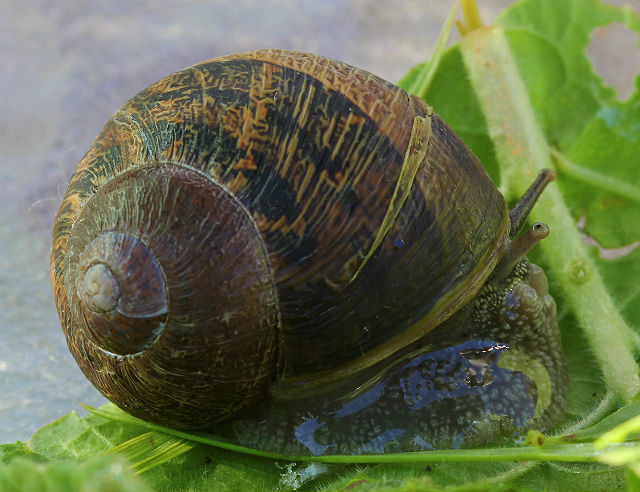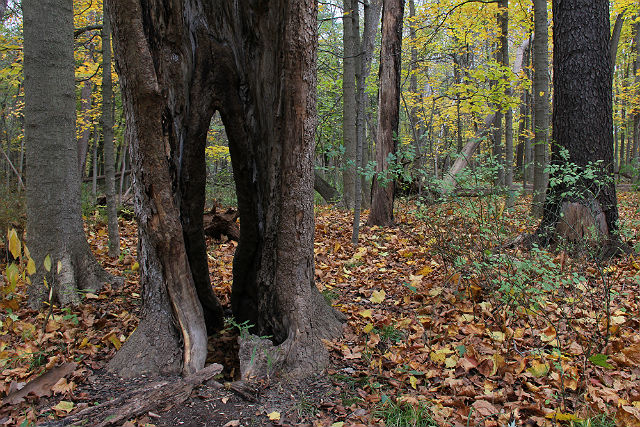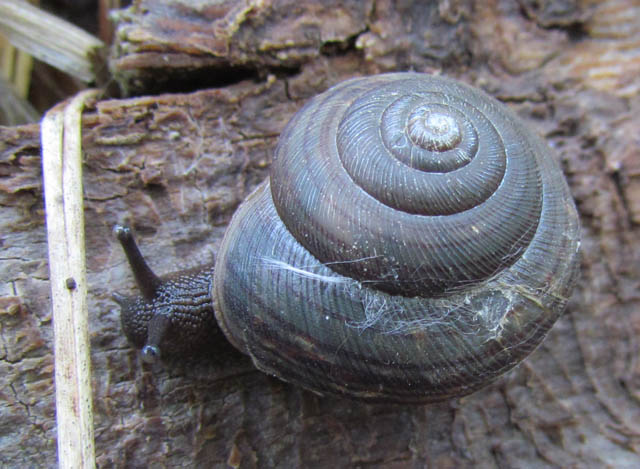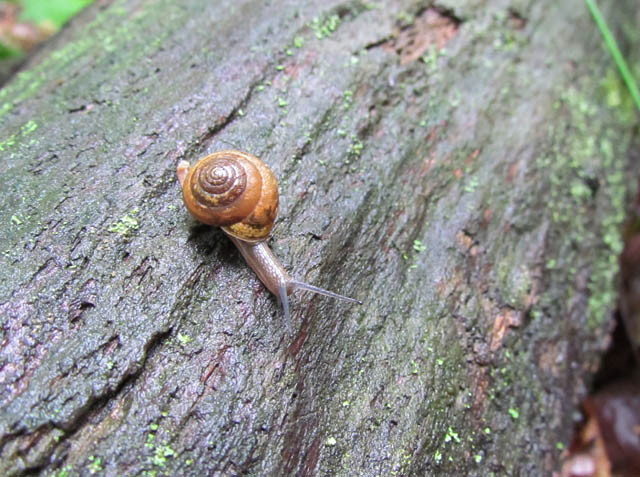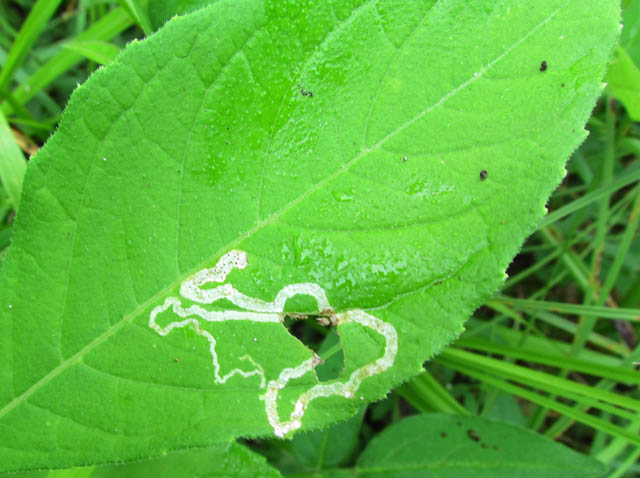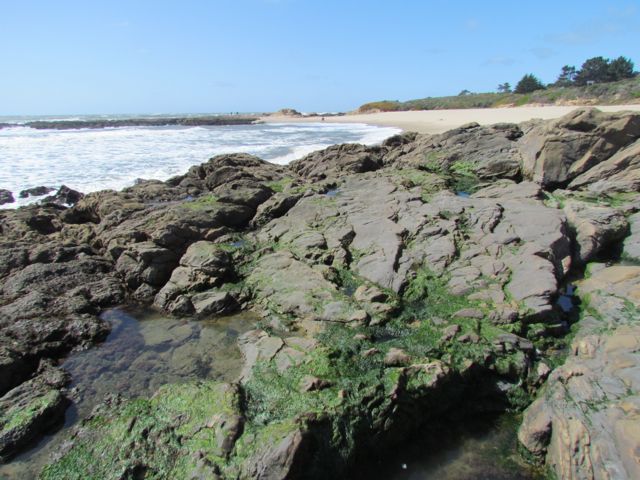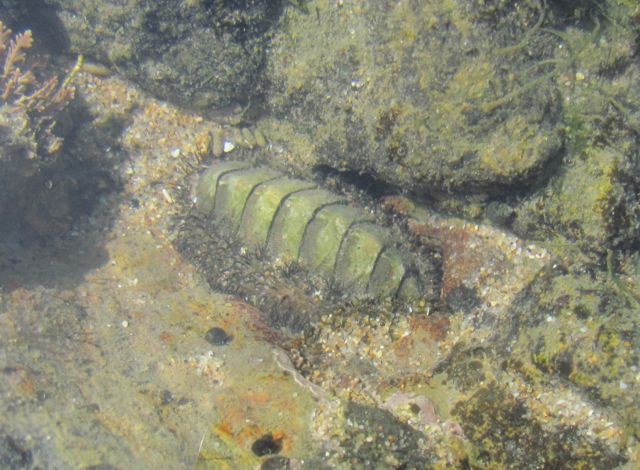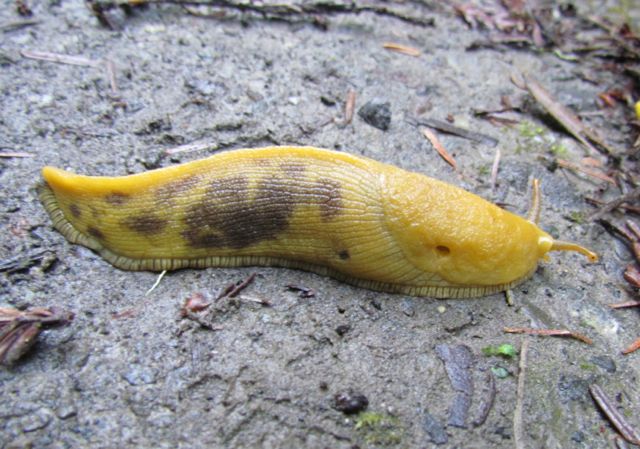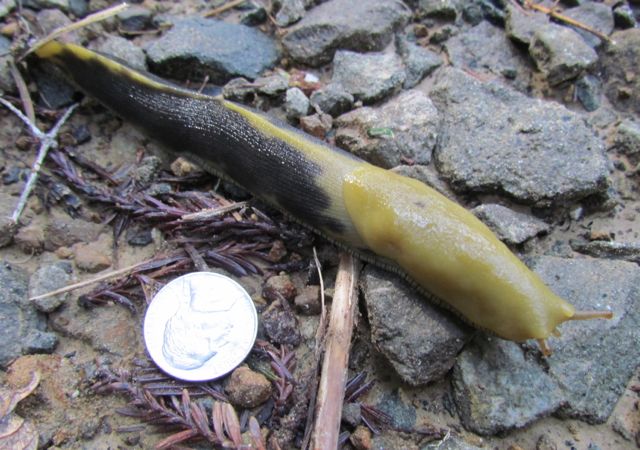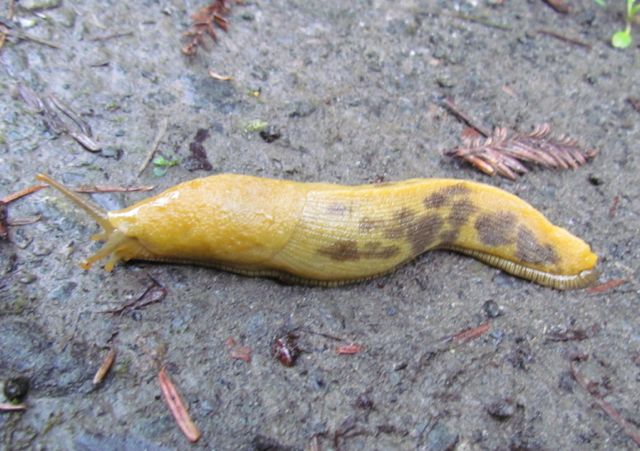While checking out a tiny cove in Rye, New York, I came across several examples of this bivalve that lives in low, regularly flooded marshes and mud flats.
The Atlantic Ribbed Mussel grows 2 to 4 inches in length. Its glossy, oval, grooved shell varies in color from olive or yellowish-brown to black. The shell’s interior is iridescent blue to silvery white.
These creatures are are filter feeders. During high tide, they open their shells slightly to draw in water, filtering out algae and other particles.
They attach themselves to rocks and other surfaces and clumps of mussels can be found half-buried in the mud among marsh grasses.
Mussels perform an important environmental function of filtering water entering marshes during each tidal cycle. This helps clean and clarify the water.
An Atlantic Ribbed Mussel’s age can be determined by counting dark growth rings on the shell. Mussels typically live 10 – 15 years, but more advanced ages are not uncommon.

